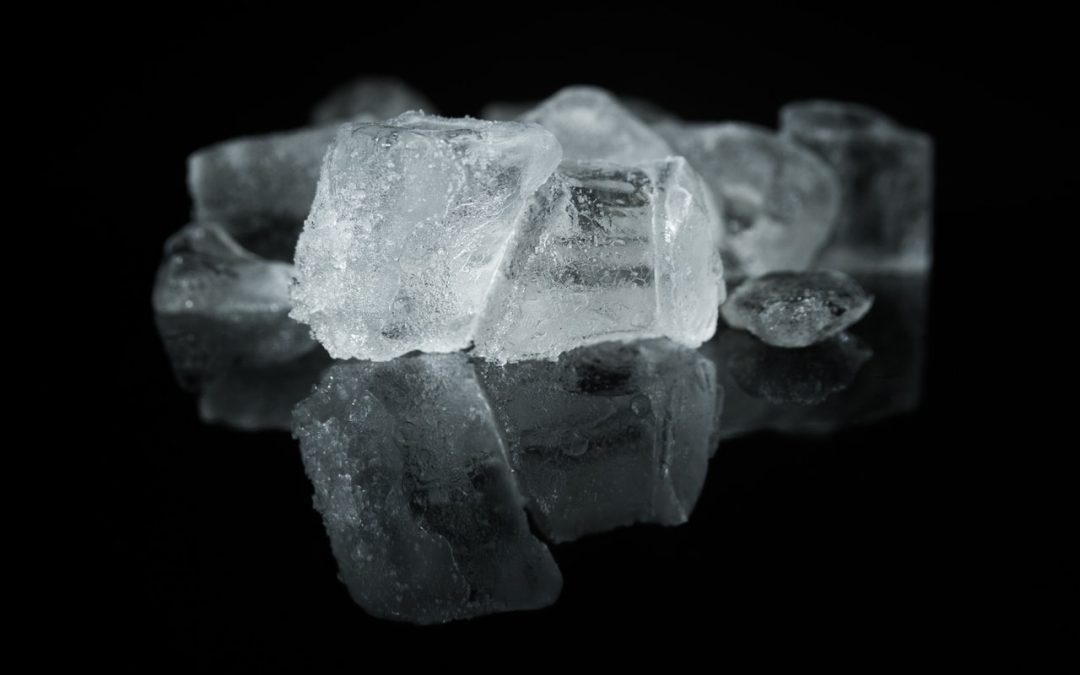One of the most curious and unknown things about ice is that hot water can become ice faster than cold water when we get it immediately in the freezer.
This sounds nonsense. How can it be possible that hot water can reach a freezing temperature faster than water that is already cold? There is a scientific explanation already for this curious phenomenon, which has fascinated many that are currently using this method to produce ice for consumption in less time.
At ITV Ice Makers, we love that our readers learn and share our passion for the interesting world of ice. Because of this, today we want to explain the phenomenon of why hot water can freeze faster and what you should know about using this method at home.
The Mpemba Effect
Honoring a curious student in Tanzania who observed how ice cream at high temperatures got cold faster than ice cream at lower temperatures, the scientific community has named the Mpemba Effect to this phenomenon.
According to a scientific study that took place in Singapur, the answer of this effect is behind the water molecules’ behavior. Just like everyone knows, the water molecule, also known as H2O, is composed of two hydrogen atoms and one of oxygen, which maintains together thanks to covalent bonds.
At the same time, water molecules stick together thanks to hydrogen bonds. This simple chemical structure is what makes water so special. Now, the recent findings tell us that the phenomenon in question can be explained through molecules’ behavior.
When the water gets hot, the molecules separate from each other, expanding the hydrogen bonds as far as possible. In the meanwhile, covalent bonds within the water molecules lose energy.
This molecular behavior is similar to when the water is cold. However, the big difference is that high temperatures create a major molecular tension and overcharge the structure with energy, reacting more violently when we get it into the freezer.
How to Do It at Home
So far, it’s clear that what we need to do is to heat some water and pour it on ice trays for the freezer. Nonetheless, there are a few details that improve the final result.
For example, it is highly recommended to boil filtered water for this use. This piece of advice follows the belief that water with these conditions can produce ice cubes that are perfectly crystalline. If we use water with mineral residue and don’t let it boil correctly, we would probably get a white ice, like the one we all have seen, besides of increasing the waiting times.
For obvious reasons, we cannot pour boiling water on a cheap plastic ice tray. Doing so could melt down the tray and cause a real mess in the kitchen. So, you need to pay attention to the water’s temperature and make sure that it isn’t too hot.
Needed Precautions and Additional Benefits
There are one warning and one benefit that we need to highlight. First, the main precaution we need to have is related to the ice tray’s material that we will be using. The most recommended materials are stainless steel, high-quality silicone, and BPA-free plastic.
This is due to multiple studies that have demonstrated that hot water can cause a counterproductive molecular reaction on ice trays that are made of BPA plastic, which represents a high toxicity risk for the consumer.
Regarding the additional benefit, we have something that will excite cocktail enthusiasts. It has been reported that this way to make ice with filtered, hot water can produce higher-quality ice cubes. Besides being crystal-like, these ice cubes seem to have a higher durability in the drink and a neutral taste that doesn’t affect the cocktails’ quality.
So, do you dare to experiment with this extraordinary phenomenon at home? Make your own ice cubes super-fast and avoid unpleasant surprises each time you look in the freezer for ice.


